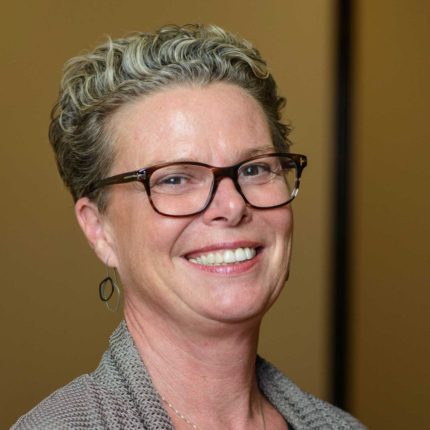There’s a new piece of research out today that looks at the changing makeup of the PhD student cohort in Australia between 2008 and 2017. It’s simultaneously compelling and depressing.
The paper is by Frank Larkins, an emeritus professor of the University of Melbourne’s LH Martin Institute and it looks at the shifting reliance on overseas PhD students by Australian universities and, in particular, the research intensives.
Crunching the numbers, Larkins shows that in 2008 the full-time equivalent load (EFTL) of domestic PhDs was 22,421 compared to 7,669 international PhD candidates. But by 2017 the EFTL of locals had increased by just 2439 to 24,860 while the number of overseas PhDs had grown by 8,499 to 16,168. That’s a percentage growth in domestic EFSL of 10.9% to overseas PhDs of 110.8%.
The dollar signs
Larkins doesn’t spell it out in his paper, but I’m working on the theory that the massive growth in overseas PhDs is being propelled by the full-fee income. He does, however, point to the fact that universities are increasingly reliant on discretionary funds to pay for PhD researchers. He has previously shown that while research block grants increased by 6.1% between 2008-14, discretionary university research funding increased by 8.8% and represented almost three times block grant funding. And now the government has gone and cut research funding – again – with another 500 domestic PhD places likely to be sliced out of the research pie, as I wrote about here.
It would seem to me that while there are benefits to educating large numbers of overseas PhD candidates because of the new knowledge they develop and the richness and diversity they add, it would seem rather short term to then see all that talent, education and knowledge get back on a plane from whence they came.
Going for broke
Larkins notes that four of Australia’s 39 universities – Southern Cross, Murdoch, University of Western Australia and the University of South Australia – actually saw a decrease in the total number of doctoral students over the period 2008-17. Whether that was by design or mismanagement is hard to tell as an outsider. (But with the pressure on universities to produce research data to feed their rankings one can only assume it’s the latter.)
He also shows that six universities increased the number of overseas PhD students but reduced the number of domestics, including three of the research-intensive Group of Eights. Melbourne, Australia’s highest ranking institution on most league tables, saw its number of domestic PhDs reduce by 114. However, it must be pointed out that Melbourne adopted an aggressive recruitment campaign for overseas students – both undergraduate and postgraduate – a number of years ago. The reason being it was excluded from demand-driven funding as part of a deal with the government to let it establish its professional postgraduate model of education along the lines of a US liberal arts degree program. So while other universities have been able to ride the boom in funding from uncapped domestic undergraduate places, Melbourne has had to be creative in how it found other revenue sources.
While Melbourne University increased overseas doctoral load by 140% between 2008-17, it was outdone by Adelaide (146%) and Monash (177%) among its Go8 companions.
Subject matter
Unsurprisingly, Larkins found big differences between the disciplines that overseas PhDs do their research on to those of their local counterparts.
First up, in 2008 for every field of study, there were more domestic students than overseas doctoral. By 2017, overseas PhDs outnumbered locals in IT and engineering. The growth in overseas PhDs in all science related areas far exceeded domestic growth with domestic enrolments actually declining in agriculture, environmental science and related studies. (It’s worth noting that maybe Australian would benefit from more home-grown PhD talent in these areas given our climate-change driven agricultural crisis due to drought, history-defying wildfires, and the impending death of the Great Barrier Reef, among other ecological gems. But then we have a government that believes coal is best and climate change an left-wing conspiracy theory).
He notes that fifteen of Australia’s 39 universities had more than 40% of their doctoral candidates from overseas.
Larkins says, quite rightly, that there are policy implications in all of this. First up, PhD research underpins new knowledge, scientific discoveries and innovation. Is it a good thing to only have a ten per cent increase in local doctoral candidates over a ten-year period when the bulk of the new knowledge is going to back from whence it came? Then again, do we have too many PhD completions, given that most won’t find a job as an academic? Is industry PhD ready and savvy? For anyone truly interested in answers to these and many more questions, a report by the Australian Council of Learned Academies produced a weighty report into doctoral training in 2016 that’s well worth a read.
A wise investment?
“Universities evidently consider there are more institutional benefits, including rankings, to accrue from using discretionary income to recruit overseas students than for other purposes,” Larkins writes.
All in all, it just points to another unavoidable truth: that Australia has among the lowest public contributions to higher education in the OECD (and to research) and yet we continue to fund universities on the promise that students from overseas will continue to come. We subsidise domestic undergraduate students and research out of the pockets of middle class families from China and India and other parts of south-east Asia.
Whether it is moral for a first-world, wealthy, Western democracy to fund its higher education system that way is one thing. Whether it’s sustainable is another.













